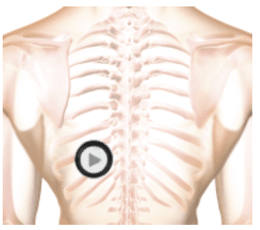Free Teaching Accessrces
Learn about free online access to our teaching resources for lung sounds as well as heart sounds and EKG interpretation.
Free Teaching AccessLung Sounds Reference Guide
This auscultation reference guide includes over twenty adventitious and normal breath sounds. The guide also includes listening tips and waveforms with a moving cursor.
Breath Sounds GuideFundamentals of Lung Sounds
This module is an excellent starting point for learning lung sounds. This course provides an overview of lung auscultation, followed by 8 lessons.
Fundamentals of Lung SoundsLung Sounds Intermediate Course
This intermediate course covers advanced wheezes and crackles and introduces voiced sounds (bronchophony, egophony, whispered pectoriloquy).
Intermediate Lung SoundsLung Sounds Basics Course
This module is a supplemental course, largely replaced by our new Fundamentals of Lung Sounds. This basic course focuses on common vesicular, bronchial breath sounds and crackles and wheezes. The intermediate course covers advanced forms of wheezes and crackles and introduces voiced sounds (bronchophony, egophony, whispered pectoriloquy).
Basic Lung SoundsAuscultation For Respiratory Care
For respiratory therapists, we have created a dedicated website for learning breath sounds as well as other essential clinical skills.
Lung Sounds in Respiratory CareAuscultation Quizzes
We offer many graded quizzes, ranging from fundamentals to advanced topic. Quiz scores are saved to your personal dashboard.
Auscultation Quizzes



